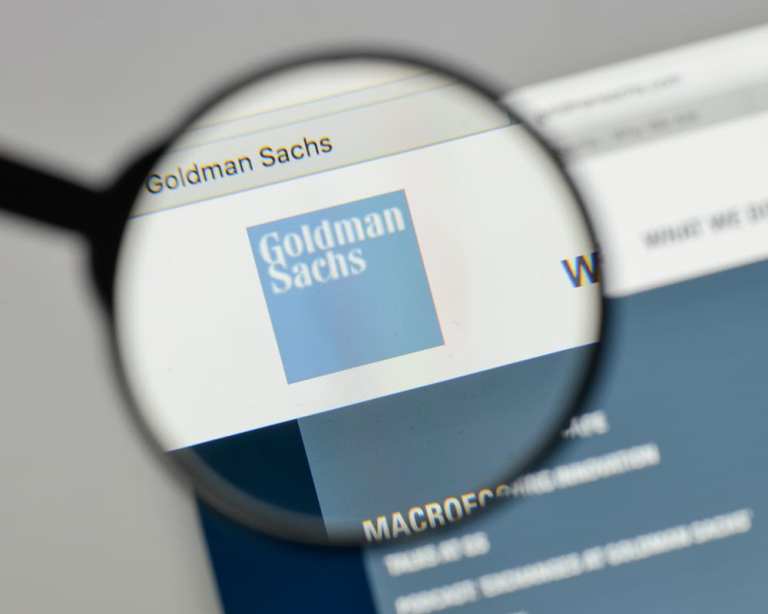
Trading slump, yes. Goldman Sachs is still, of course, tied to the vagaries of investors’ back-and-forth on Wall Street, as evidenced by its latest earnings report.
To that end, CEO David Solomon noted that the revenue dip of 13 percent in the first quarter reflected a slowdown relative to the “robust market backdrop” seen last year. One culprit cited on the call, among others: a slowdown in IPO activity.
And while some observers had reflected on the Wall Street-related activities, it seems clear that the move toward the digital consumer – across, initially, retail banking and credit cards – is firmly in place. Among the three legs of strategy, Goldman’s management cited the aim to diversify business mix with “new services to expand our opportunity set and increase the durability of our revenues.” This, of course, points toward the desire to bring top line from non-Wall Street sources, and from the move toward mass market products.
Looking toward what’s (literally) in the cards, management pointed to the announcement that came last month with Apple. As had been previously reported, Goldman and Apple are launching the Apple Card. Though CEO Solomon said further details would be unveiled at launch, during the earnings call he said new initiatives (such as the Apple relationship) is “unburdened by legacy systems that slow down innovation,” and that digital delivery of financial products would “produce scale and efficiency and access to a large customer population.”
The path is one that is evolutionary, said the CEO. And separately, CFO Stephen Scherr said “broad and deep” reviews of each business segment are ongoing. Within the institutional clients business, Marquee, the digital “storefront” that is geared toward institutional and corporate clients (across risk analytics, pricing and trade offerings) logs 14,000 unique users monthly, along with 100 million API calls. That tally includes 10 million calls from the GS developer site, said Scherr.
Marcus
The CFO also illuminated some developments tied to the online banking platform, Marcus. Across the U.S. and U.K., he said, the bank has logged $46 billion in deposits – and said that “we estimate there are over $4 trillion consumer deposits in the U.S. that are potential customers for online savings accounts, like those offered by Marcus.”
Wealth management will be a component of Marcus as the firm looks to introduce new products, and where the market spans $9 trillion held by mass affluent customers in 20 million households. Efforts in that space are in the midpoint of development plans for a “blueprint,” said the CFO.
Said Scherr: “For every $10 billion of wholesale funding replaced with deposits, we estimate savings of roughly $100 million in interest expense annually. To utilize these deposits, we will continue to migrate businesses, such as foreign exchange into our bank entities.”
In response to analyst questions about strategy and scale, Scherr said Marcus is building scale through “our underwriting algorithms and platforms and in our delivery, not just to scale and deposits now, but equally in respect to credit cards.”
As noted in this space previously, management is targeting growth in the U.S. and U.K. aggregate retail deposits of $10 billion annually. In terms of technology spend, the company has spent around $1.1 billion across consumer initiatives, noted Scherr.